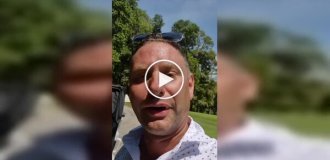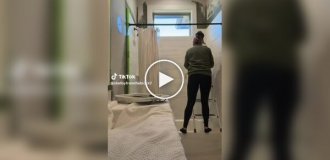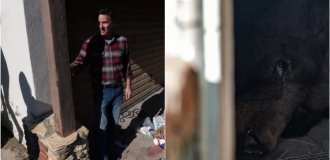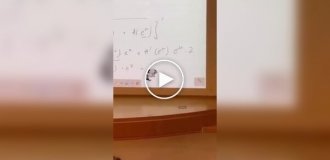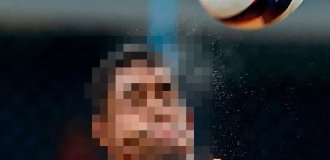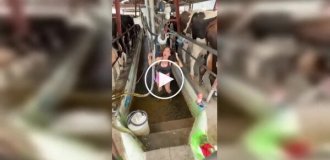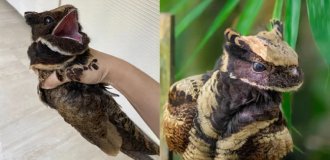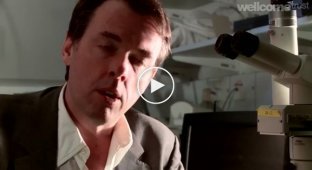Scientists have discovered a "third state" - beyond life and death (8 photos + 1 video)
It's a breakthrough that could "redefine legal death," researchers say. In the state they discovered, cells gain new abilities they didn't have when they died. 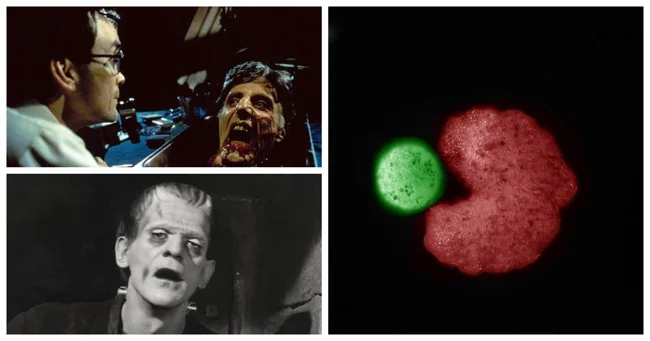
In feature films like Frankenstein and Re-Animator, dead bodies come to life and function in a strange state between life and death. While it may seem like science fiction, new scientific research suggests that such a "third state" actually exists in biology. 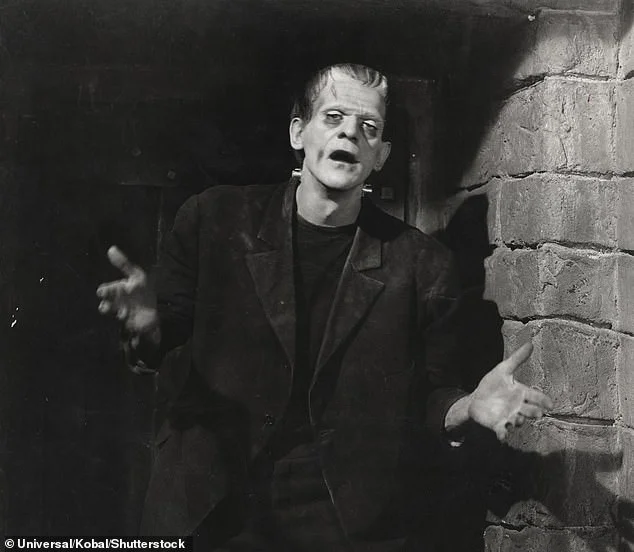
According to scientists, the "third state" is when the cells of a dead organism continue to function after its death. Surprisingly, after the death of an organism, its cells acquire new abilities that they did not have in life. If further experiments confirm that the cells of dead organisms, including humans, can enter this "third state," it could "rethink" our understanding of death. 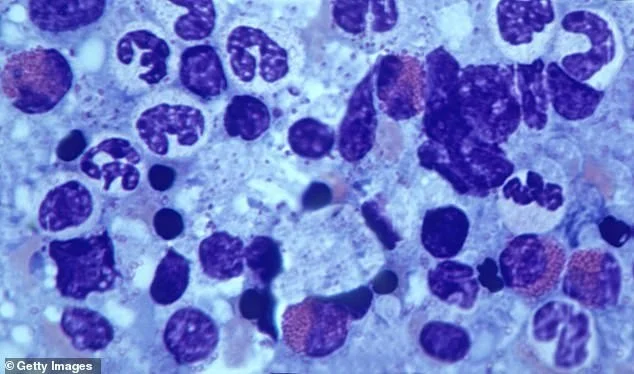
A new study published in the journal Physiology has shown that some cells, when given the necessary nutrients, oxygen, and signals, are able to transform into new multicellular organisms after death.
For example, in 2020, American scientists discovered that skin cells from dead frogs (namely, the smooth clawed frog Xenopus laevis), complete with a heart, can organize themselves in the laboratory into complex multicellular organisms called "xenobots."
These xenobots are essentially "living" robots capable of moving, moving small objects along a programmed trajectory, and — most importantly — reproducing, and completely spontaneously. 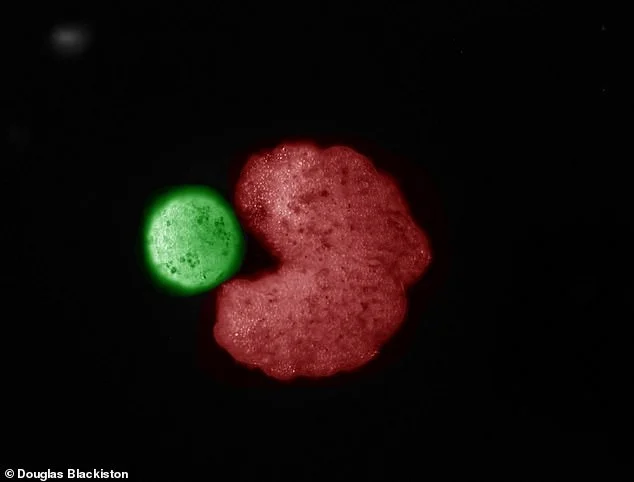
The xenobots seem to crawl, picking up nearby stray cells, constructing organisms similar to themselves from them, and then spitting them out of their mouths
They can find suitable stem cells in the external environment, group them, and create their "offspring" — mini-xenobots. Xenobots come straight out of their parent's "mouth," and it looks like we're watching an 80s video game starring Pac-Man.
This method of reproduction is called kinematic replication. It's usually only seen at the level of individual molecules, but here it's being used by a full-fledged organism! 
Other scientists have also discovered that human lung cells can self-assemble into miniature multicellular organisms capable of autonomous movement. These organisms, called "anthropobots," can not only navigate their environment, but also repair themselves and damaged nerve cells nearby. The team notes that these are examples of new cell functions that don't exist in everyday life, "demonstrating changes that are not predetermined."
Scientists have suggested that certain cells may function in a “third state” after an organism dies. One possible explanation for this Frankenstein-like phenomenon is the presence of a hidden system of “electrical circuits” that keep the cells alive. According to this hypothesis, specialized channels and pumps in the outer membranes of cells serve as complex electrical circuits that generate signals that allow cells to communicate and perform functions such as growth and movement, forming the body’s structure. 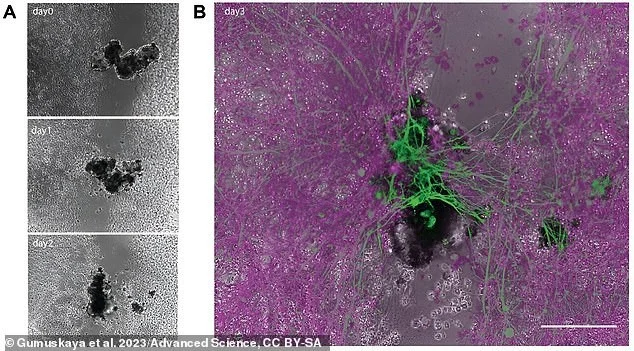
Diagram A shows an anthrobot building a bridge across a scratched nerve cell over the course of three days. In diagram B, the “seam” at the end of day three is highlighted in green
The ability of cells to perform this behavior can be influenced by factors including environmental conditions (such as temperature) and energy sources (access to fuel and the ability to metabolize). Metabolic activity plays a key role in whether cells can continue to survive and function. Other factors such as age, health, sex, and species also “determine the postmortem landscape” — that is, whether cells can exist in the “third state.” 
This anthrobot was created from human tracheal cells. It can move using cilia and stimulate neuronal growth in damaged areas
The study hints at an “unknown frontier” that could lead animal cells into a “third state,” though it’s not yet known whether that state would resemble the plot of the film Re-Animator, based on the short story by H. P. Lovecraft. 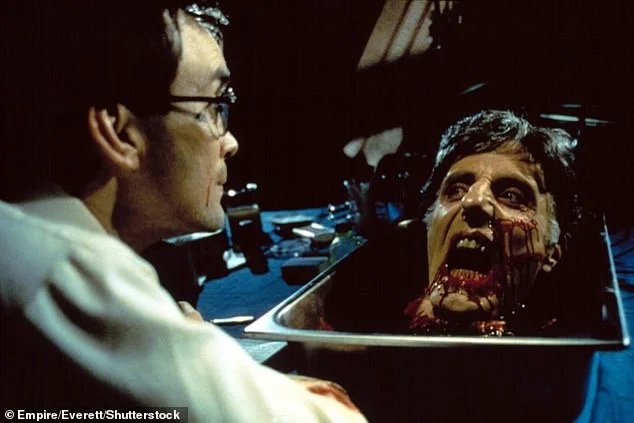
In the 1985 classic Re-Animator, a medical student discovers how to bring human tissue back to life
The authors conclude that the study could change regenerative medicine, redefine legitimate death, and provide insight into the physiological limits of life, in parallel with research into embryogenesis.
